Producing 1100 kg of saffron in Golestan Iran
Morteza Sadeghi, Director of Horticulture of Jihad-e-Agriculture in Iran, Golestan province, said: By the end of the sixth plan, cultivation of saffron cultivation in the Golestan province will expand to 400 hectares.
He added: “Currently, in Iran from Golestan province, the only mountain villages in the city of Azadshahr include the villages of Wahmanan, Kashidar, Apple Chal and Nerab are supported by the development of saffron.
The director of the Golestan Agricultural Jihad Horticulture said that in other parts of the province cultivation of saffron does not take place, but experimental crops in some other areas of the province, including Shahkouh, Chaharbagh and Maraveh Tappeh, and when we reach the appropriate result in these areas or other areas, We will cultivate saffron in coordination with the ministry.
Sadiqi said that at the present time, the cultivated area of saffron in the province is about 235 hectares, with 65 to 70 percent of the crops over three to four years old, and the rest in the first and second years, which have not yet been cropped.
He continued: The average yield of saffron per hectare in the province is 8 kilograms, which is more than 2 kg more than a country average. Even in some saffron farms, we also had a yield of 20 kg per hectare.
Sadiqi stated: “One of the benefits of producing saffron in the province is that it is produced as a healthy product and no toxic substances are used in the fields. Saffron produced in the province according to the tests carried out in the reputable laboratories of Khorasan Razavi province, is one of the best products of saffron in terms of quality assessment indicators.
Director of Horticulture of Golestan Agricultural Jihad said: Four saffron per hectare are working directly.
He said: Considering the establishment of a cooperative organization of saffron in the village of Wahmanan in Iran, since 1992, the processing and drying of saffron has been formed at the provincial level and with the brand of the province.
Sadeghi asked the applicants for the cultivation of saffron, it is important to make saffron onion from the fields inside the province as well as farms that do not have fungal contamination.
Golestan Agricultural Jihad Director of Horticulture stated that it would not be possible to separate saffron bulbs from other provinces such as North Khorasan and Razavi and other provinces, because elsewhere in the country fungal and soil pollution is higher in Saffron farms. If farms become infected, the production and health of our products will be overshadowed.
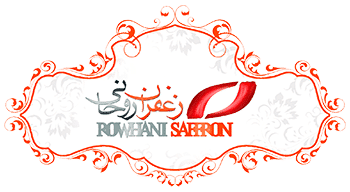


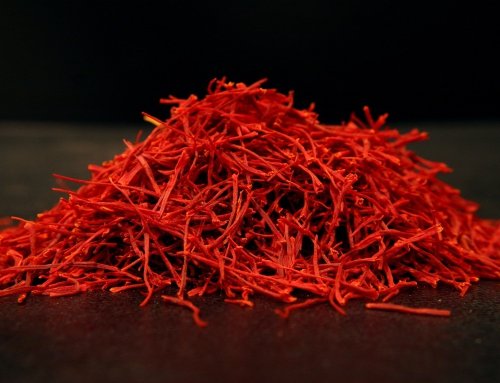
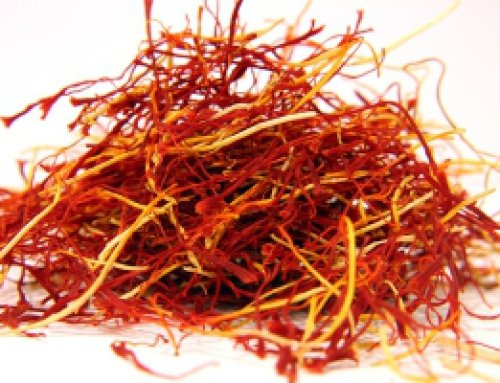
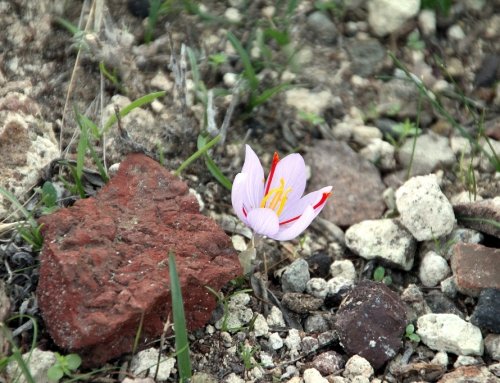
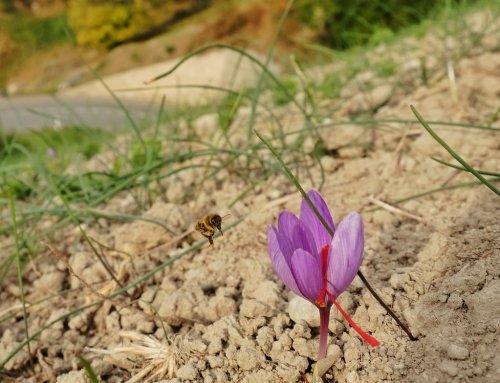

Get Social